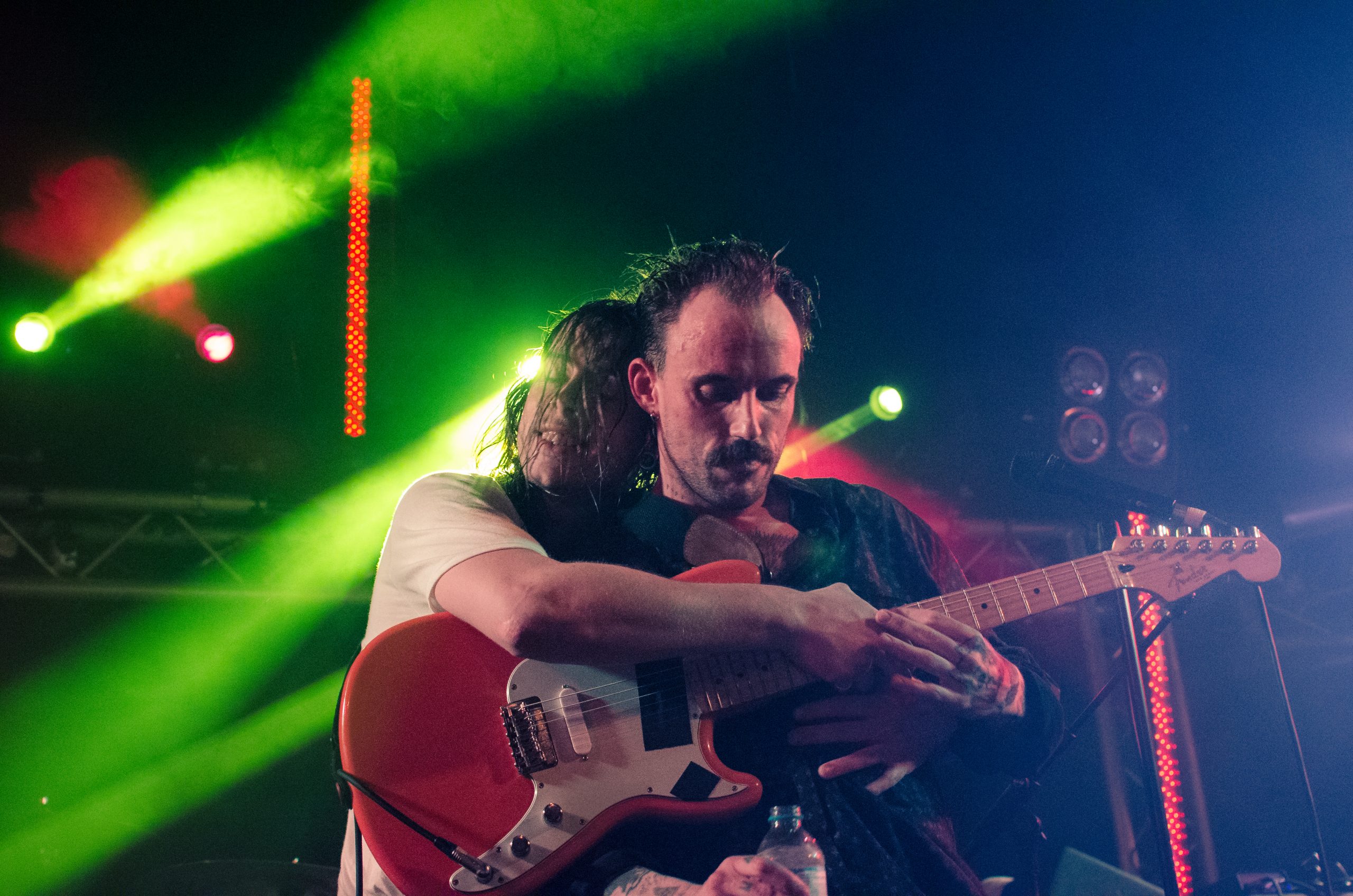What Makes A Good DIY Scene As Told From DIY Artists
Image credit: Kieran Webber
We talk to a variety of DIY artists to figure out what makes a good DIY scene.
Before the pandemic, there was an explosion of DIY scenes across the world, nearly every town or city with a venue was harbouring or cultivating a scene. Local bands were playing to dedicated audiences, honing their craft and bringing music fans together. Naturally, the pandemic and subsequent lockdowns have stunted their growth and have left many on an indefinite hiatus. Worry not though, as hope is on the horizon as vaccine programs start to take effect across the globe. Here in the UK live music has made its return via socially distanced shows but ‘normal’ live music is but a mere few months away.
As these DIY scenes start coming back to life we wanted to look at just what makes these DIY scenes so special, not just to the music lovers but the musicians themselves. Our recent interviews with DIY artists lead to some insight on this, so, here is what makes a good DIY scene as told from the perspective of DIY artists.
“A good scene is upheld by the community. Something that people from all sorts of different backgrounds, interests, and influences come together and put a bit of themselves in. That’s what makes it the most sustainable as well. So many of my formative music experiences were seeing local bands give it 100% under any and every circumstance. People coming together for no other reason than to experience and create something special together, connecting, and giving it everything they have.” Explains Isaiah, lead singer/guitarist of Jack Swing explains.
Community is at the core of all DIY scenes across the globe, something backed up by Lins Wilson of Magick Mountain: “I think a great DIY scene/community (I prefer the word community) at its best is diverse, inclusive, open-minded and just driven to make good shit happen.” Adding: “Seeing people talking to each other about how they’ve maybe got on a playlist, got those awesome T-shirts made or asked a brand new band to support them at a local show, etc. It really strengthens a community if everyone can learn from each other.”
It’s all about lifting each other up and supporting one another, creating a space that allows for everyone to grow. Milo Gore explains: “Creative supporting creatives. For me, that’s what it is all about.” Milo continues: “Reach out to people, follow people, comment on people’s posts, share people’s music. With DIY scenes, it is all about support and word of mouth.”
This is something that is backed by Martha of Pretty Preachers Club: “Support and solidarity are definitely what the grassroots/ DIY music community is all about. It’s like a big family of people who stream/ buy each other’s music and attend each other’s gigs. It’s really a comforting thing to be a part of.”
From these interviews, it’s clear to see that there are two key elements to any solid DIY scene, support and community spirit. These two integral parts of a DIY scene are the glue that keeps it held together, allowing for space for creativity to flow. It’s a wonderful thing when you stumble upon a good DIY scene and a great way to watch an artist grow and develop, not to mention flourish. If it wasn’t for these scenes, that these artists exist in then they wouldn’t have achieved what they have so far (and will do in the future). These scenes are vital to the overall music industry as a whole and without them, we’d be stuck in an endless loop of singing competitions and industry-created replicas. If you’re looking for a space that is bursting at the seams with creativity, realness, and passion then I urge you to support or get involved once the pandemics grip is loosened.
